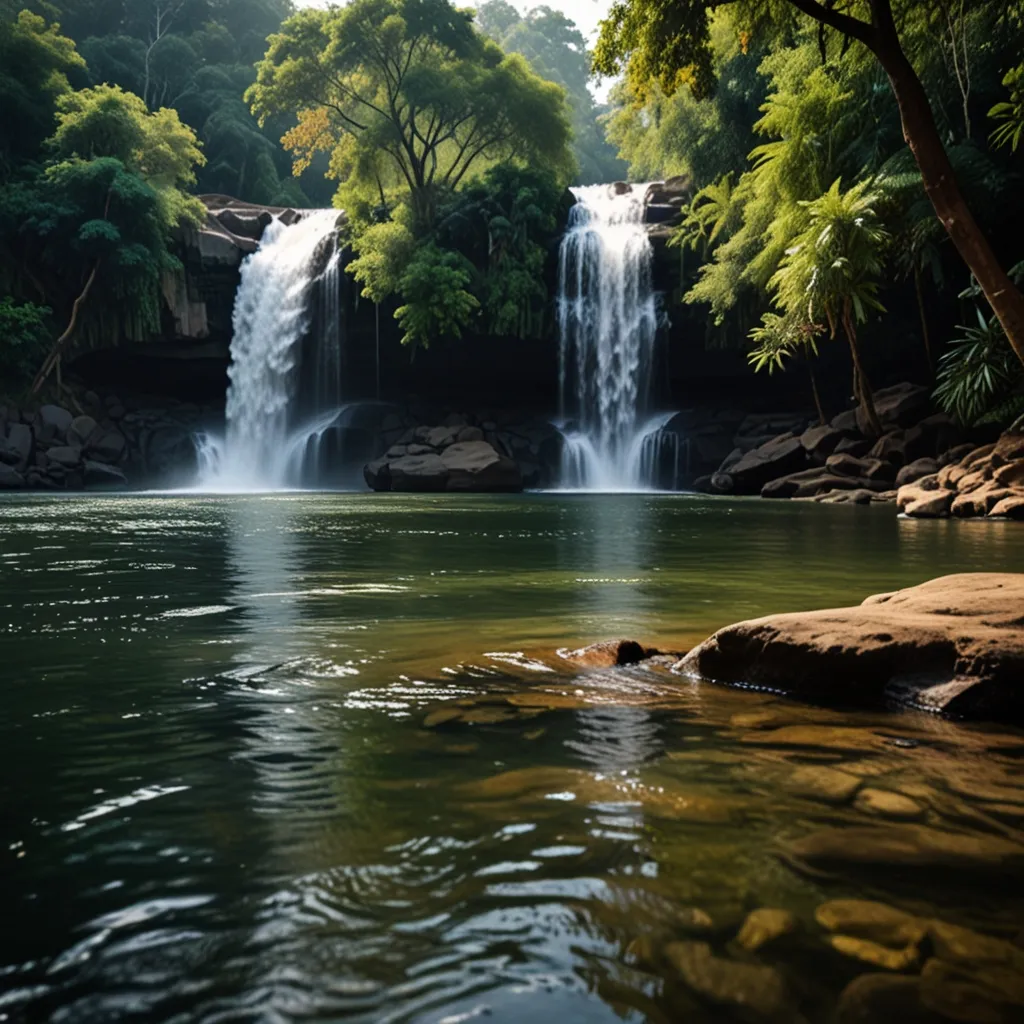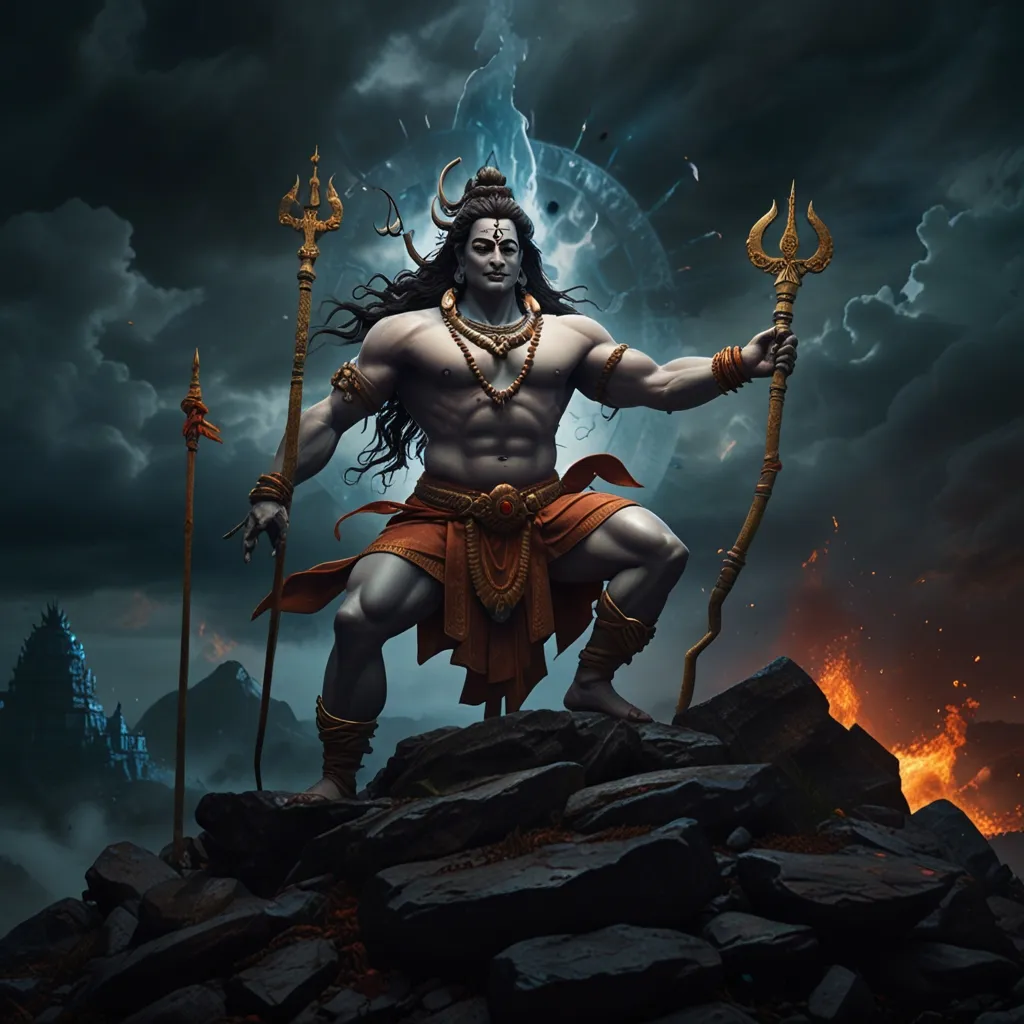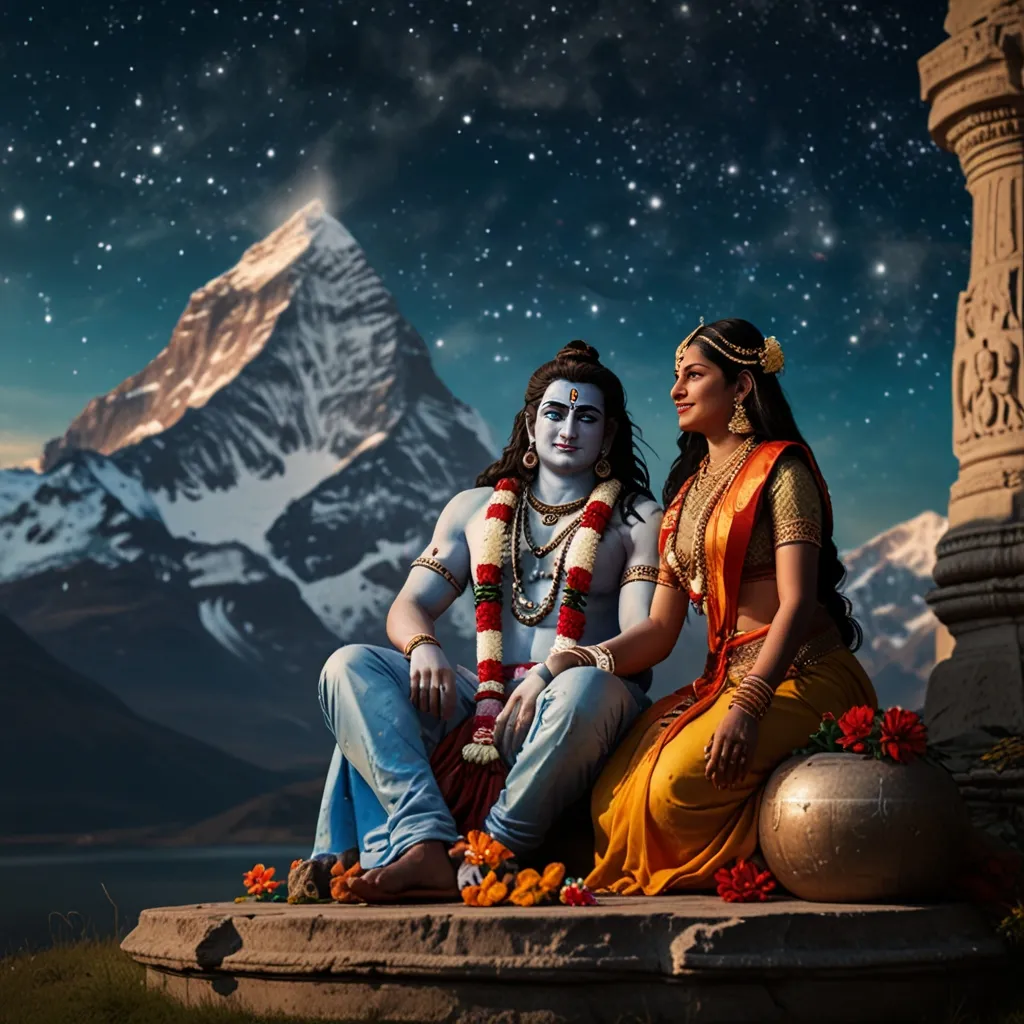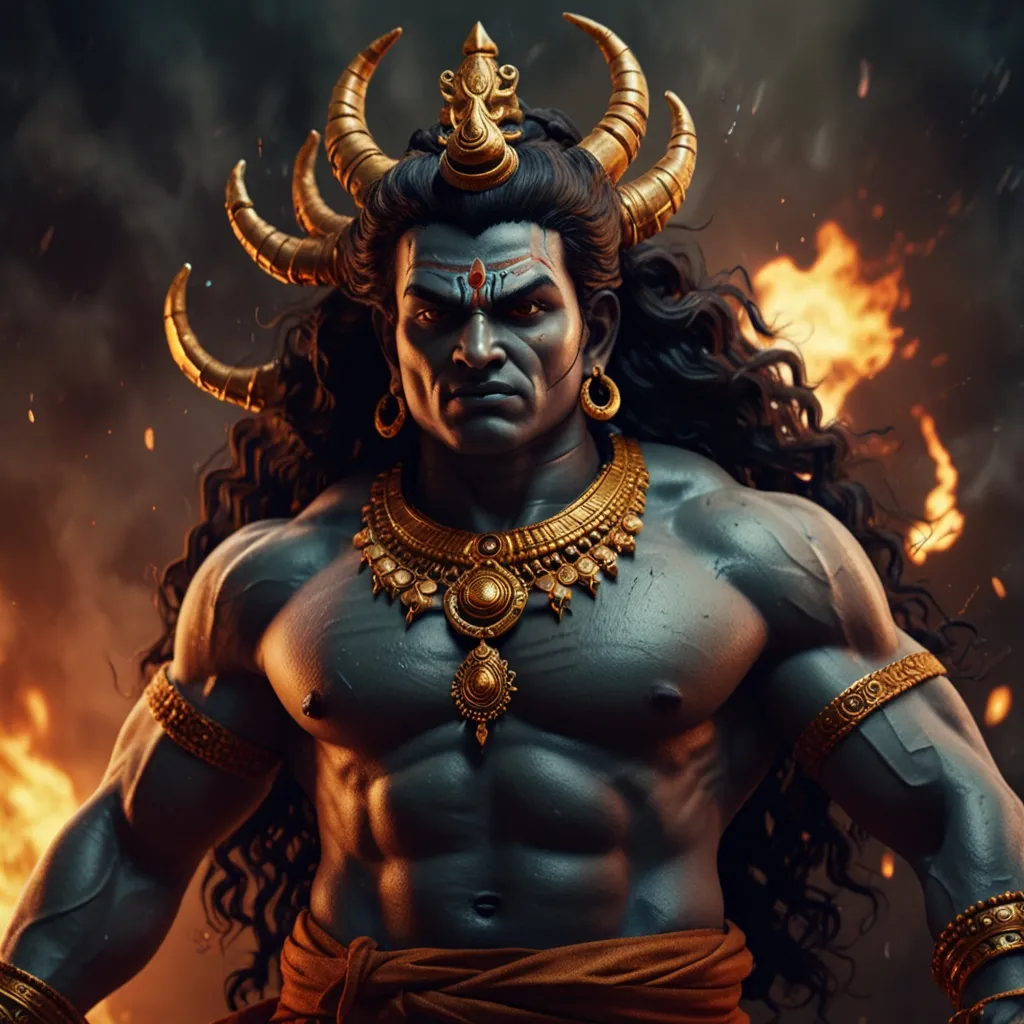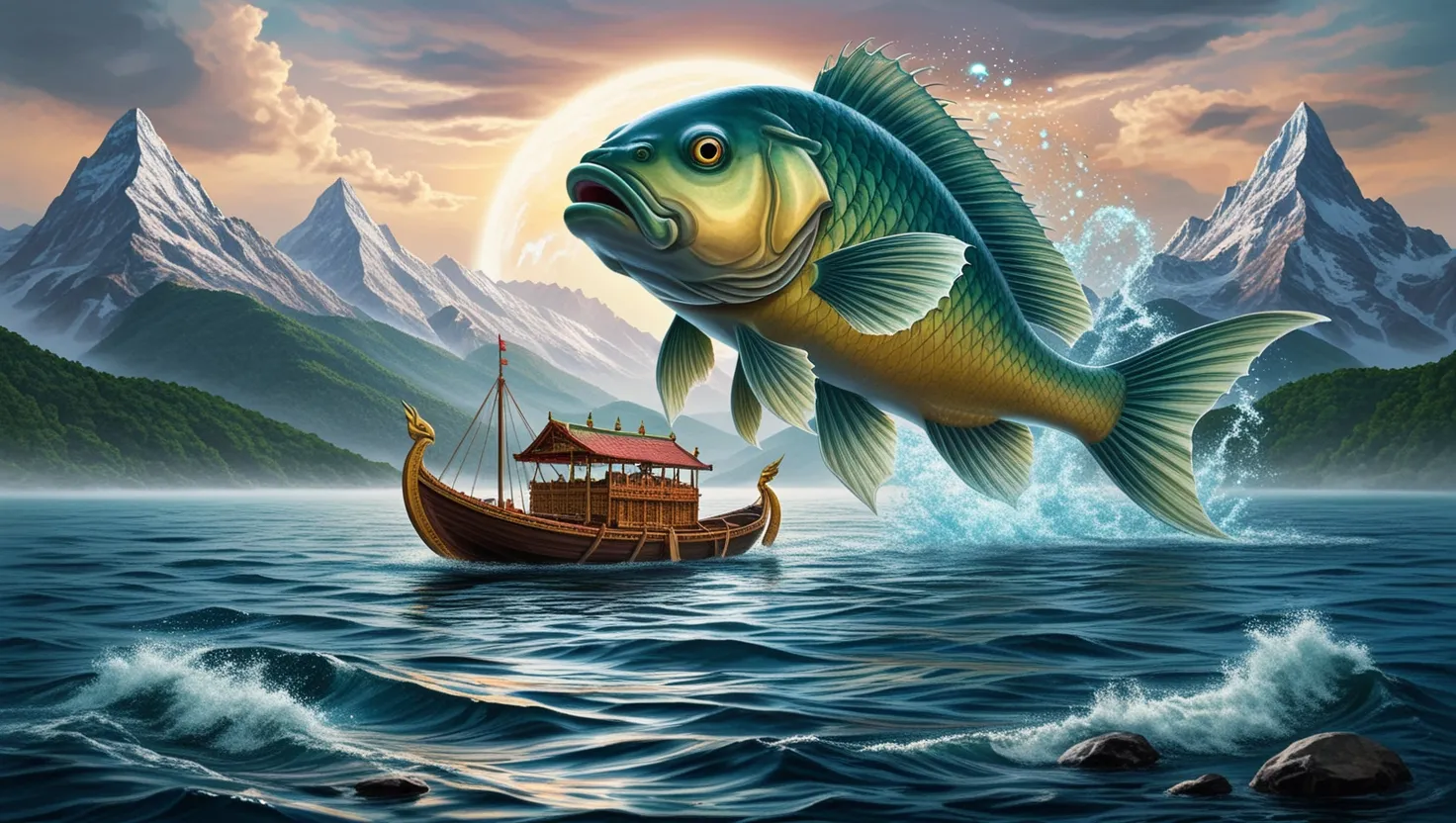Nestled in the heart of Southern India, there’s a river so revered, it’s worshipped as a goddess. Meet the Kaveri River, also known to many as the Cauvery. Starting its journey from Talakaveri in the Brahmagiri range of the Western Ghats at a lofty 1,341 meters above sea level, this river isn’t just about water – it’s about divine grace and purity.
The Kaveri River is one of India’s seven holy rivers, holding profound religious significance rooted deeply in Hindu mythology. Legend has it that the Kaveri was born from the cosmic event known as Samudra Manthana, or the churning of the Ocean of Milk. Gods and demons joined forces during this celestial churning to retrieve the nectar of immortality. Mohini, the enchanting form of Lord Vishnu, took charge and handed over the precious nectar to the gods. During this divine event, Lopamudra, a celestial being, was born.
Lopamudra was later entrusted to King Kavera, a devoted and childless king. Named Kaveri by the king, she blossomed into a compassionate and beautiful girl. Moved by her father’s devotion and the thirst of the land, Kaveri prayed to Brahma, the creator god, to transform her into a river that could nourish and purify the earth. Pleased with her dedication, Brahma granted her wish. Hence, Kaveri transformed into a river, bringing life and fertility to the arid lands of Southern India.
There’s another mesmerizing tale of Kaveri, symbolizing her as the wife of Sage Agastya. Facing a severe drought, Sage Agastya carried her in a small brass water pot and headed south. On placing the pot on a hill, Ganesha, disguised as a crow, knocked it over. The spilled water flowed down the hill, rejuvenating the parched land. This legend underlines the river’s crucial role in ending droughts and ushering in prosperity.
The Kaveri River’s journey is roughly 800 kilometers long before it kisses the Bay of Bengal. Along its path, it is graced by many tributaries, including the Harangi and Hemavati rivers. Forming two islands, Srirangapatna and Shivanasamudra, the river showcases its strength and beauty at the Shivanasamudra Falls, dropping 91 meters and creating the stunning twin rapids, Gagana Chukki and Bhara Chukki.
As the river strides into Tamil Nadu, it flows gently through the Dharmapuri district, making its graceful way toward Salem. It then enters the Stanley Reservoir at Mettur, where the Mettur Dam, constructed in 1934, stands tall. Here, the Bhavani River, a significant tributary, merges with Kaveri. The river then splits into two branches: the northern part called the Kollidam or Coleroon River, and the southern part retaining the name Kaveri. These branches create the Srirangam Island before branching off into 36 different channels.
But the Kaveri River isn’t just another water body. It’s a wellspring of life and nourishment, sacrosanct in Hindu belief, and intertwined with numerous tales of sacrifice, divinity, and devotion. This sacred river doesn’t merely quench the physical thirst but also embodies spiritual purity and rejuvenation.
Imagine ancient Southern India, parched and dry, waiting desperately for a drop of water. It’s here that Kaveri steps in. Her tales of transforming into a river to end the suffering of land and people make her more than just flowing water – she becomes a beacon of hope and sustenance. Her name isn’t just whispered during prayers but is fondly remembered in times of need.
Picture the serene morning mist over the Western Ghats, as Kaveri begins her majestic journey from Talakaveri. The scene reverberates with spirituality and calmness, hinting at the numerous acts of divine intervention interwoven with this river’s past. Moving from the mountains through dense forests, skirting towns, nourishing crops, and fulfilling the needs of millions, Kaveri captures the essence and soul of Southern India.
The tales of Kaveri’s transformation by Brahma’s blessing or her role as Agastya’s wife underscore that she’s not seen merely as a river but rather a living entity filled with divine grace. The stories praise her fertility, her relentless flow, overcoming obstacles, and her eternal determination to provide and nourish.
From majestic waterfalls like Shivanasamudra Falls to serene places like Srirangapatna, the river’s journey is filled with picturesque and significant landmarks. The islands formed by Kaveri stand as living testimonies to her abundant generosity. And not to miss, the twin rapids of Gagana Chukki and Bhara Chukki offer a surreal beauty, embodying the power and elegance of Kaveri.
As Kaveri weaves its way through Dharmapuri and Salem, she replenishes fields and quenches the land’s thirst. The majestic Stanley Reservoir at Mettur stands as a vital lifeline for irrigation and power generation, showcasing Kaveri’s unmatched contribution to the region’s agriculture and infrastructure needs.
Kaveri, also making her beauty and power evident through her tributaries, like the Bhavani, demonstrates her extensive reach and connectivity across the region. When splitting into Kollidam and the main Kaveri branch, creating the Srirangam Island, she once again highlights her nurturing nature, promoting biodiversity and easing life for countless beings.
Rivers flow, landscapes change, but Kaveri’s essence remains unchanged, a perennial symbol of divinity, purity, and sustenance. Her stories aren’t confined to ancient texts; they live on in the hearts and fields of Southern India, flowing through every whisper of wind, every drop of rain, and every prayer for rain. She’s not just a river but a lifeline, friend, and a testament to nature’s incredible bounty.
So next time you think of Kaveri, see her not just as a river but as a tale of devotion, an emblem of divine grace, and an ever-flowing source of life and faith, forever nourishing the soul and soil of Southern India.
